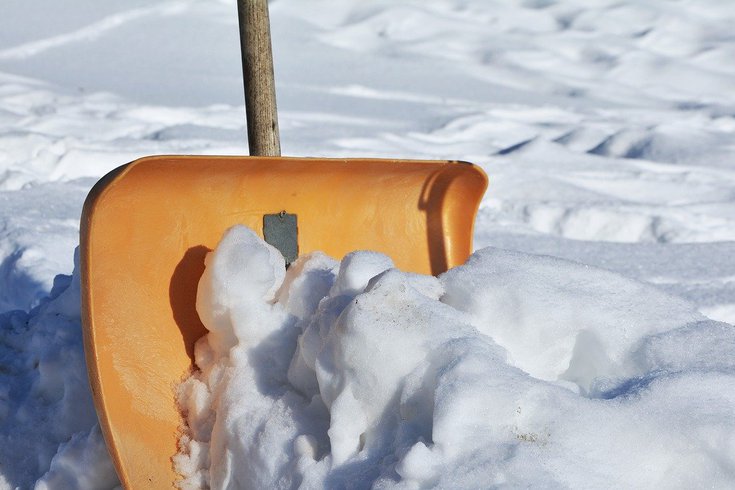
December 15, 2020
 Congerdesign/Pixabay
Congerdesign/Pixabay
The combination of heavy lifting, twisting and throwing snow can be dangerous when your body isn't used to it. Proper conditioning is the best way to protect your back from injuries.
Snow season is upon us. Does your back already ache thinking about all the snow you may have to shovel this winter?
Thousands of people end up in emergency departments each year after shoveling snow, research shows. And a majority of the time, they're checking in with back pain.
The combination of heavy lifting, twisting and throwing snow can be dangerous when the body isn't used to those movements. In severe cases, back pain can be the result of disc herniation or rupture.
There are ways to reduce your risk of injury while shoveling, Dr. Rahul Shah, an orthopedic spine and neck surgeon and partner with Premier Orthopaedics Associates in South Jersey, told PhillyVoice.
Protecting the back is all about proper conditioning, he said. Being regularly physically active is important.
However, COVID-19 restrictions have left many people more sedentary than usual and they may not be prepared for the muscle strain that comes with lifting snow.
Now is the time to start priming your muscles – before the first substantial snowstorm hits, he said. Even just walking a little more every day can better prepare the body for the workout ahead.
Once it is time to break out the shovel, don't try to marathon through it, Shah cautioned.
"Move just a little bit of snow just for a few minutes at first to see how you feel," Shah said. "Then break up shoveling into small intervals of time with rest in between."
Don't lift more than eight to 10 pounds of snow at a time, he said. To protect your back, always stand with your legs a little further apart than you usually stand. Bend your knees when lifting – and check that you are standing on stable ground.
The cold temperatures also can affect the muscles, so warm up properly with some stretching exercises in the house before heading outside, Shah suggested.
Injuries become more frequent at the start of winter because people are doing things they don't usually do, Shah said. Moving in unfamiliar ways can cause people to pull or tweak a muscle.
Slips on black ice and falls from ladders also are common at the start of winter – maybe even more so this year.
With people being asked to stay home due to COVID-19, many people are celebrating the holiday season by putting up more decorations than they have in years past.
If you hurt your back this winter, whether from shoveling snow or another wintertime activity, stop doing the activity that caused the injury and assess where the pain is.
"If the pain is trickling down into the shoulder, buttocks or hands, get medical advice immediately," Shah said. "It could be nerve pain."
If not, the pain can be treated at home with an over-the-counter pain relief medication, he said. Try walking around as much as possible to increase blood flow. Being sedentary will only make the injury worse.
If the pain doesn't improve within a two-week time frame, make an appointment to be evaluated by an orthopedic specialist, he said.